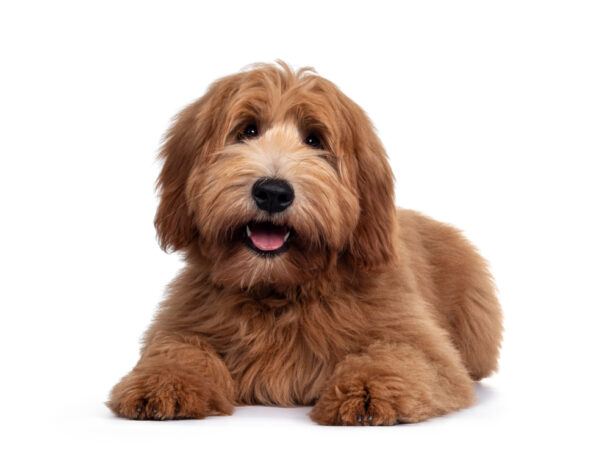LifeWithMyDogs is supported by our audience. When you purchase through one of our links, we may earn a small affiliate commission. As an Amazon Associate I earn from qualifying purchases. Your cost is not affected.
**********
Have you ever wondered why your dog behaves a certain way around other dogs or why it sometimes seems like your furry friend is trying to tell you something important? Understanding Dog Social Structure and pack dynamics can provide fascinating insights into their behavior, strengthening your bond. Dogs are more than just loyal companions; they are complex creatures with social hierarchies and intricate communication methods.
Dive into the world of canine society, where every wag of the tail, bark, and play bow carries meaning. Discover how your dog’s actions are rooted in ancient instincts and how these dynamics play out in their daily interactions. By the end of this journey, you’ll not only comprehend the subtleties of dog social structure but also become more attuned to the unspoken language of your best friend.
The Secret Life of Dogs: Unraveling Pack Dynamics and Social Structure
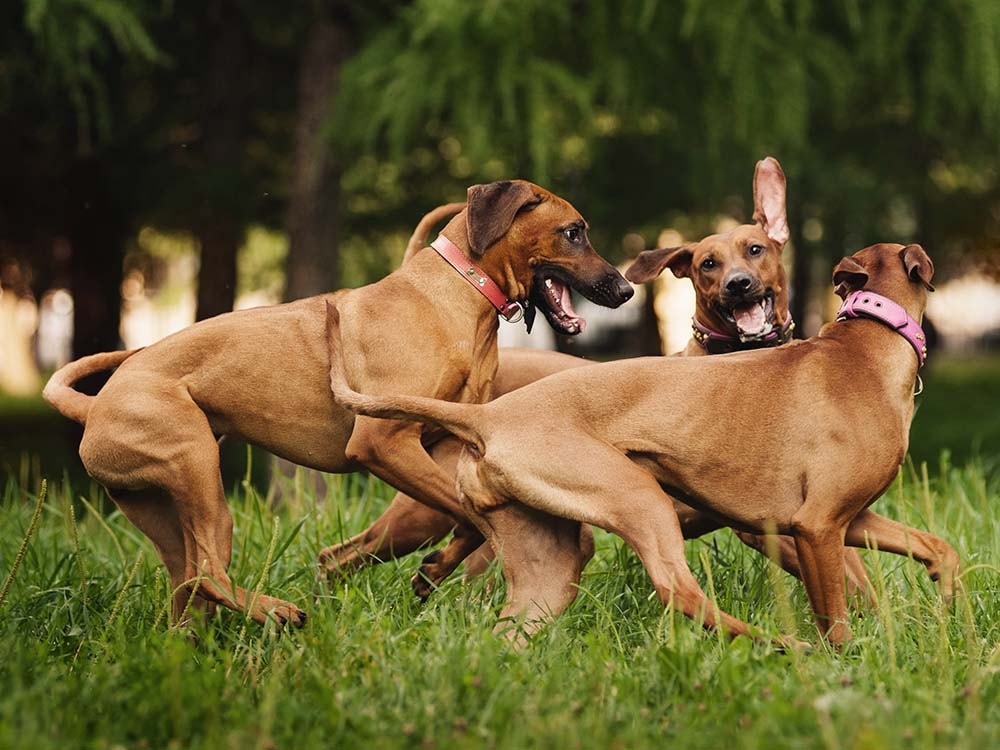
Much like their wolf ancestors, dogs thrive in groups known as packs. These packs have a certain structure, where each member has a role, helping maintain order and harmony. Understanding pack dynamics and dog hierarchy is crucial for any dog owner. This knowledge helps manage behaviors and foster a balanced environment for your pets.
I’ve noticed that dogs exhibit behaviors that remind us of their wild roots, such as needing a leader and clear social roles. This hierarchy affects how they interact with both other dogs and humans. Recognizing these interactions and their meanings can lead to a more harmonious household and address many common behavioral issues.
Dogs use body language, vocalizations, and other signals to convey their status and intentions. By interpreting these signals within the context of Dog Social Structure, we can better understand their social dynamics and work towards creating stable, happy relationships within a multi-dog household.

Key Takeaways
- Dog social behavior is shaped by their evolutionary history as pack animals, inheriting many traits from their wild ancestors, the wolves. In domestic settings, dogs maintain a complex hierarchy with distinct roles and responsibilities, reflecting the intricate social structures of their wild counterparts.
- A dog pack has distinct roles, from Alpha Dogs at the top to Omega Dogs at the bottom. Understanding these roles is essential for effective training and management, as recognizing their natural inclinations helps create a balanced and peaceful environment for your dogs.
- Understanding pack dynamics involves observing how dogs establish their rank through various behaviors and signals. By interpreting these interactions, you can discern whether a dog is dominant or subordinate and manage their social status effectively.
- Dogs communicate within their packs through various methods, including body language, vocalizations, and scent marking. Socialization plays a key role in shaping the hierarchy and individual roles within a pack, with early exposure and learning being crucial for a well-structured social environment.
- Effective behavioral modification is essential for ensuring dogs feel secure and understand their place within the household. For a harmonious multi-dog environment, clear communication and consistent training practices are crucial in maintaining balance and addressing behavioral issues.

Historical Perspectives on Dog Social Behavior
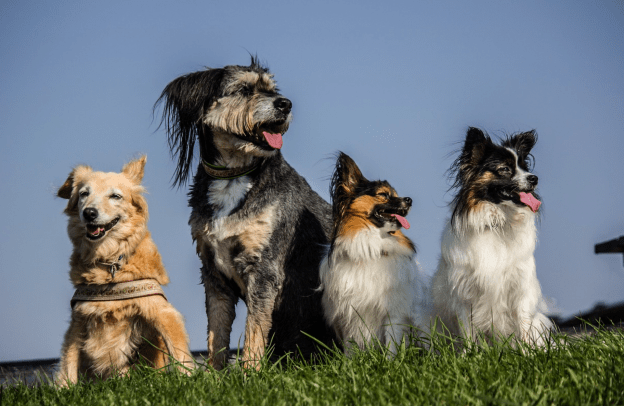
Their evolutionary history as pack animals influences dog social behavior, sharing many traits with their wild relatives, the wolves.
Evolution of the Canine Social Hierarchy
Dogs evolved from wolves thousands of years ago. Over time, as they became domesticated, some of their social behaviors adapted to living with humans. In the wild, wolves have a strict hierarchy to organize their packs. This hierarchy helps reduce conflicts and maintains order.
In domestic dogs, the social structure can be less rigid but still has clear signs of dominance and submission. For instance, submissive behaviors, such as lowering the body or avoiding direct eye contact, are common. These behaviors help maintain peace within a group. Understanding the evolutionary roots of these actions can aid in training and managing dogs effectively.
Comparisons with Wolf Pack Dynamics
In wolf packs, the alpha pair leads the group. This leadership is based on strength, experience, and knowledge. Wolves show pack behavior, including cooperative hunting, raising pups, and defending territory. This cooperation ensures the survival of the pack. Dogs, although domesticated, still exhibit some of these pack traits.
For example, they form family-like bonds and display pack behaviors like group hunting or social grooming. Yet, their pack dynamics are often more flexible than those of wolves. In multi-dog households, the hierarchy might be influenced by interactions with humans and other animals, leading to varied social structures. This comparison helps grasp the complexity of dog social behavior in domestic settings.
Here’s a video demonstrating how effective pack dynamics can be.
By: BBC
Fundamentals of Pack Dynamics
Pack dynamics in dogs involve a complex hierarchy and clearly defined roles and responsibilities within the dog social structure. Understanding this structure is key to comprehending canine behavior and social interactions.

Defining the Pack
A pack is a social unit in which dogs live and work together. In the wild, packs consist of related individuals, such as a family group, while domestic dogs form similar structures with their human families.
These groups work together to survive. Leadership roles are crucial for maintaining order and ensuring the group functions efficiently. Each dog knows its position within the pack, which helps prevent conflicts and establishes a sense of security.
In a typical pack, dominant dogs take on leadership roles, and submissive dogs follow. Dominance is not always aggressive; it can be subtle and based on mutual respect and trust.
Roles and Responsibilities
- Alpha Dogs: The top dogs or leaders. They decide for the group when to move or where to find food. Their role is to ensure the pack’s survival and coherence.
- Beta Dogs: These dogs are second-in-command. They support the alpha dogs and may take over leadership duties if necessary. They often help maintain discipline and can be seen guiding others during activities.
- Omega Dogs: These are the lowest-ranking members. They usually absorb much of the stress within the pack and can act as stabilizers by diffusing conflicts. Despite being at the bottom, they are crucial in maintaining harmony.
Understanding these roles helps in training and managing dogs. Knowing their natural inclinations can guide us in creating a balanced and peaceful environment for them.
Did You Know?
You can tell a dog’s rank by observing its behavior. Dominant dogs often exhibit confident and assertive behaviors. Submissive dogs may avoid eye contact, lower their bodies, and show bellies.
Dog Social Structure: Establishing Dominance and Subordination
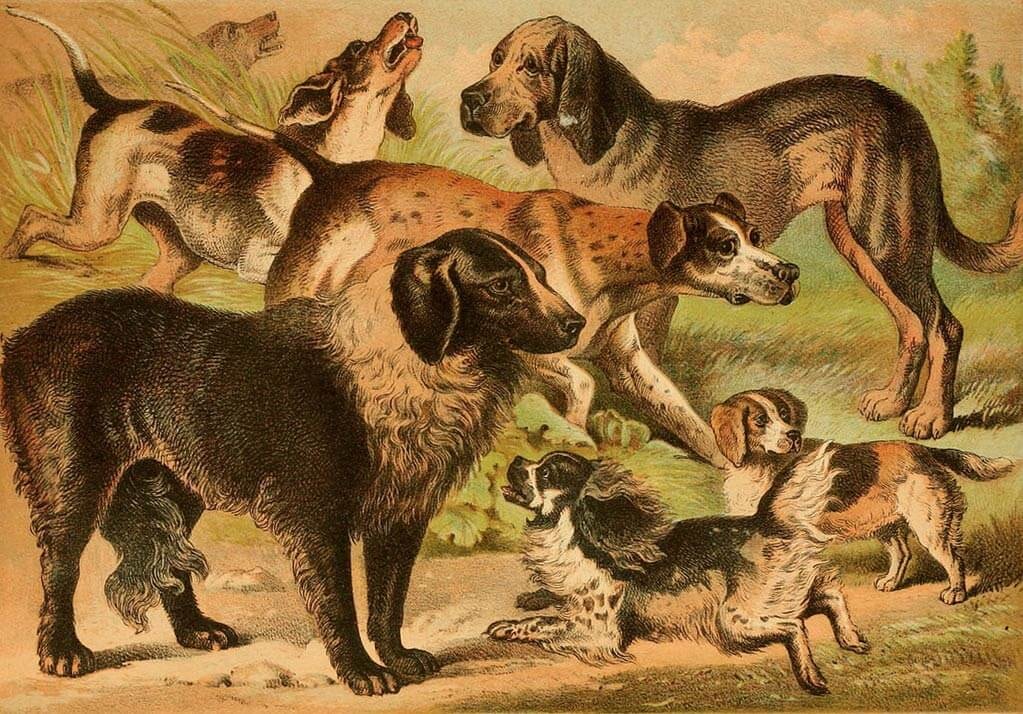
Understanding pack dynamics involves observing how dogs establish their rank through various behaviors and signals. These interactions can reveal their social status, whether dominant or subordinate.
Behavioral Indicators of Status
In a pack, dogs use specific behaviors to show their rank. A dominant dog may stand tall, with ears up and chest out. They often claim resources like food or toys without hesitation. Using direct eye contact, they assert their position, expecting other dogs to defer. Rarely do they back down from challenges.
Subordinate dogs show different behaviors. They may lower their body, keep their tail tucked, and avoid direct eye contact. Sometimes, they even expose their belly to the dominant dog as a sign of submission. These actions help maintain harmony within the pack.
Dominance Aggression and Submission Signals
In the context of Dog Social Structure, dominance aggression occurs when a dog uses force to assert its rank. This can involve growling, barking, or physical pushing. These acts are meant to establish control over resources or other dogs. Such aggression is usually aimed at maintaining or gaining higher status within the Dog Social Structure.
Submission signals are softer and prevent conflict. A submissive dog might lick the face of a dominant dog or nuzzle its chin. Another common signal is the play bow, where the dog lowers its front legs while keeping its rear up, indicating a peaceful intent.
Communication in Dog Packs
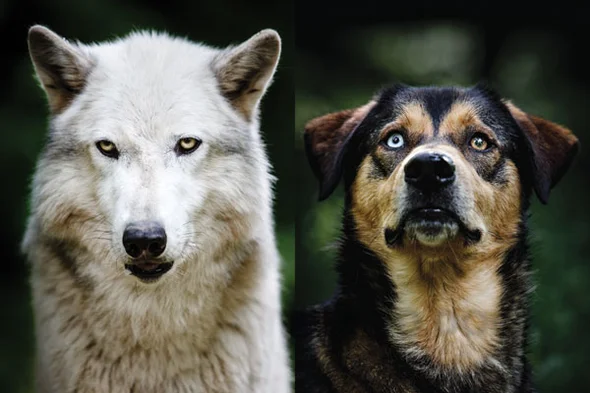
Dogs use a variety of methods to communicate within their packs. Body language, vocalizations, and scent marking are the primary ways they convey messages.
Body Language
Dogs rely heavily on body language to express themselves. A wagging tail can indicate happiness, while a stiff tail held high might signal dominance. Ears, eyes, and posture also play key roles in communication.
Vocalizations
Barking, growling, whining, and howling are common vocalizations. Each sound has a different meaning. A bark can alert others to danger, while a growl may warn against approaching. Whining might indicate submission or a desire to play.
Scent Marking
Dogs use scent marking as a crucial part of Dog Social Structure to establish territory and convey information about themselves. When a dog urinates in a specific area, it leaves chemical markers that other dogs can smell. These scents are essential components of Dog Social Structure, telling others about the dog’s sex, age, and social status.
Play Behavior
Play is another form of communication. Dogs use play bows—lowering their front legs while keeping their rear end up—to invite others to play. This behavior helps build and maintain social bonds.
Eye Contact
Eye contact is significant in dog packs. Direct eye contact can be a sign of challenge or dominance. Avoiding eye contact, on the other hand, often indicates submission.
Socialization and the Impact on Hierarchy
Socialization plays a crucial role in shaping the hierarchy within a pack of dogs. Early exposure and learning behaviors are key factors that influence social structure and individual positions.

Importance of Early Socialization
Early socialization is vital for dogs to learn how to interact with others. Introducing puppies to various environments, people, and other animals helps them develop confidence. This period is crucial as it can determine their future behavior and social rank within the pack. Well-socialized puppies tend to be more adaptable and able to communicate effectively.
They learn proper etiquette within the Dog Social Structure, including recognizing and respecting dominant dogs. This early learning helps reduce the likelihood of conflicts and establishes a smoother hierarchy.
Social Learning and Mimicry
Dogs learn a lot by observing others. This social learning, or mimicry, allows them to adopt behaviors beneficial for fitting into the pack. Younger dogs look to older, more experienced members to guide their actions. This process helps them understand their role and the dynamics of the group.
Observing how dominant dogs interact provides them with a blueprint for social conduct. They learn when to assert themselves and when to submit, which is crucial for maintaining harmony in the pack. This mimicry helps the individual dog and strengthens the overall social structure.
Behavioral Modification and Management
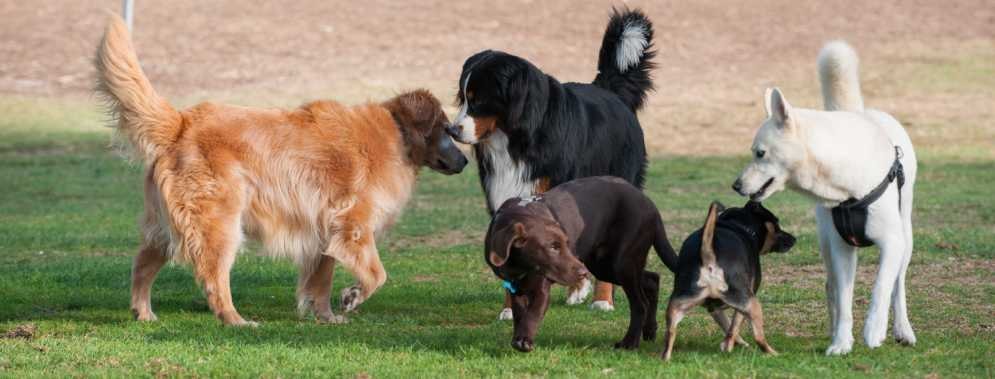
Effective behavioral modification ensures that dogs feel secure and understand their place in the household. Managing multi-dog households requires clear communication and consistent training to maintain harmony.
Training Techniques
To modify a dog’s behavior, I begin with positive reinforcement. Rewards like treats, praise, and playtime help reinforce good behavior. This method builds a positive association, making the dog more likely to repeat the desired behavior.
Consistency is Key
I ensure consistent commands and rewards so the dog learns expected behaviors quickly. For instance, when teaching “sit,” I use the same verbal cue and hand signal every time and reward promptly when the dog responds correctly.
Socialization
Exposing dogs to various environments, people, and other animals helps reduce fear and aggression, an important aspect of understanding Dog Social Structure. Gradual exposure allows the dog to adjust without feeling overwhelmed, fitting seamlessly into their social framework. Lastly, desensitization and counter-conditioning effectively address specific fears or aggressive tendencies. By gradually introducing a feared object or situation and rewarding calm behavior, I help the dog build a positive reaction over time.
Managing Multi-Dog Households
In multi-dog households, maintaining peace requires careful management. I establish a clear routine for feeding, playtime, and walks to minimize competition and stress among the dogs.
Resource guarding can be an issue with multiple dogs. I prevent fights by providing separate eating areas and monitoring high-value items like toys. If necessary, I use baby gates or crates to create distinct spaces.
Hierarchical Observation
Watching how the dogs interact helps me understand their social structure and intervene appropriately. If one dog consistently bullies another, I prevent escalation and promote fair treatment.
Engaging all dogs in group training sessions fosters cooperation and reinforces their roles within the pack. Additionally, I ensure each dog gets individual attention to prevent jealousy and encourage positive behavior.
Human Interaction and Its Effects on Pack Dynamics
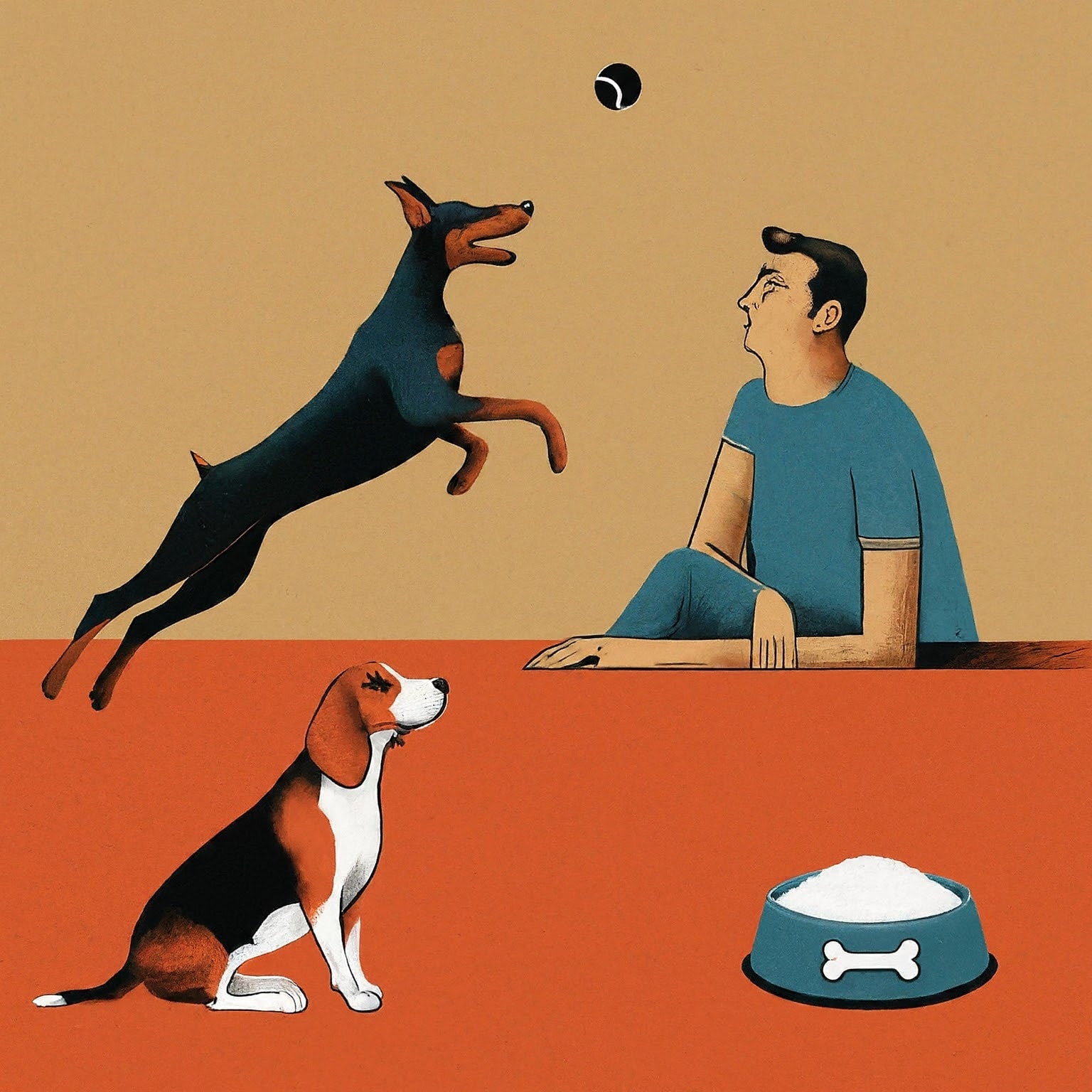
Human involvement shapes dog social structure significantly. Owners provide leadership and guidance, which affects Dog Social Structure within the pack and impacts how dogs interact.
Leadership and Guidance from Owners
As the owner, my actions and attitude greatly influence my dog’s behavior. Demonstrating confidence and consistency is crucial. When I lead firmly but kindly, my dog tends to follow my commands more readily. Dogs look for a leader in their pack. I establish myself as the alpha by setting boundaries and sticking to them. This reduces confusion and stress for my dog.
I also use positive reinforcement. Rewarding good behavior with treats or praise strengthens the bond and encourages repeat behavior. It’s important to avoid harsh punishments as they can create fear and anxiety. Regular training sessions also keep commands fresh in my dog’s mind. Incorporating obedience training into daily routines helps maintain structure and reinforces my leadership role.
The Role of Humans in Dog Social Structures
Humans play a key role in maintaining harmony within a multi-dog household. When introducing a new dog, I ensure initial interactions are supervised. Gradual introductions prevent aggression and allow dogs to adjust. I observe their behavior closely. Understanding body language is critical—signs of submission or dominance can indicate how they integrate into the pack.
Feeding routines matter, too. Feeding dogs separately can prevent food-related conflicts. I also prioritize individual attention to each dog, ensuring they all feel valued. Consistent routines help. Daily walks, playtime, and training sessions should be scheduled. This consistency provides a sense of security and belonging.
Dog Social Structure: Challenges with Domestic Pack Integration
Introducing a new dog into a household with established dogs can be tricky. The process requires careful planning to prevent conflicts and reduce stress.

Introducing New Members to the Pack
When I bring a new dog home, I introduce them in a neutral location. This helps avoid territorial behaviors. I start with short, supervised interactions, allowing the established dogs and newcomers to get acquainted without feeling threatened.
Feeding them separately is crucial to prevent resource guarding. I don’t leave toys and food out during the early stages. Gradually, I let them spend more time together under supervision. Positive reinforcement, such as treats and praise, encourages good behavior.
Here’s a video on how to introduce a new dog to a pack.
By: JP Dog Training
Resolving Conflicts and Avoiding Anxiety
Conflicts can arise as dogs establish their social order. If tension develops, I separate the dogs and give them time to calm down. Close observation helps me identify stressors that may be causing anxiety.
I use training to promote calm behavior. Teaching basic commands like “sit” and “stay” helps manage their actions in potential conflict situations. Creating safe spaces where each dog can retreat and relax is vital. Avoiding sudden changes in their environment or routine minimizes anxiety.
Embracing Dog Social Structure: Building Stronger Bonds and Harmonious Relationships
In exploring the intricacies of Dog Social Structure and pack dynamics, we uncover a world of behavior deeply rooted in the evolutionary history of our canine companions. From the ancient wolf packs to modern domestic households, the fundamental principles of hierarchy, communication, and social roles persist. By understanding these dynamics, we gain insight into why our dogs act the way they do and learn how to foster a more harmonious and balanced environment for them.

Recognizing the subtle signals of dominance and submission, the importance of early socialization, and the impact of human leadership can transform our approach to dog training and care. Whether managing a multi-dog household or simply looking to deepen your bond with your pet, these insights offer practical strategies for creating a happy and well-adjusted pack. Embracing the principles of Dog Social Structure empowers us to lead with confidence and compassion, ensuring that our dogs thrive socially and emotionally.
So next time you see your dog interacting with its peers or navigating its daily life, remember that behind every wag of the tail and every playful nudge lies a complex web of social interactions waiting to be understood. Your journey into the secret life of dogs has just begun—keep exploring, and your bond with your furry friend will only grow stronger.
Frequently Asked Questions
What Are the Different Roles Dogs Play in Their Social Structure?
Dogs can have various roles in a pack, such as leaders, followers, and caretakers. Alpha dogs lead the group, while beta dogs support the alpha. Omega dogs are usually the most submissive and help keep the peace by diffusing tension.
Can Canine Social Structures Exist in a Domestic Setting With Humans?
Yes, domestic dogs can still exhibit pack dynamics with humans. Dogs see their human families as their pack and will try to find their place within this social structure.
What Factors Influence Changes in the Social Hierarchy Among Dogs?
Several factors can change a dog’s place in the hierarchy. These include age, health, and new additions to the group. For example, an aging alpha dog might be replaced by a younger, more energetic one.
Embark on an Adventure in the Pet Lover’s Paradise!
Dive into a world of furry friends and fantastic finds by connecting with us on social media! Immerse yourself in captivating content insightful product reviews, and become a part of a vibrant community.
Instagram: lifewithmydogs2 Follow us on Instagram for an overflow of heartwarming snapshots and exciting pet escapades!
Pinterest:lifewithmydogs2 Explore a treasure trove of pet inspiration and ideas on Pinterest, where each pin leads you to creative possibilities!
Facebook: 1LWMD Like us on Facebook to keep your finger on the pulse of all pets – from heartwarming stories to the latest pet gear trends!
Twitter: LifeWithMyDogs9 Join the conversation on Twitter, where you can chirp away about the newest pet happenings and stay ahead of the pack with the latest pet trends!


